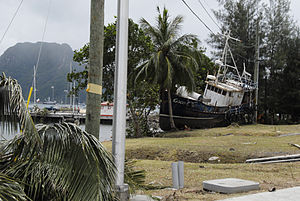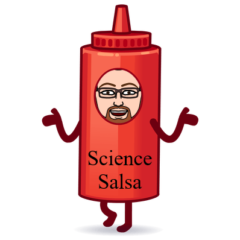
Imagine a fishermen in Tutuila island, American Samoa. An earthquake a few hundred kilometers away triggers a tsunami alert while he is listening to the boat’s radio near harbor. His options are clear: either to take his fishing boat to deeper waters and save his means of subsistence, or to abandon boat and go home to make sure his family makes it to the hills. He has twenty minutes to decide, and the difference between his family being safe or in danger is how far inland the Tsunami will go. Can scientist help him decide what to do?
Derya Itir Dilmen is a PhD student at the University of Washington and part of this year’s Engage Science class. She studies computer tools to forecast tsunamis after earthquakes and to create tsunami hazard maps. Derya’s computer work on gigantic waves is surprisingly affected by including a microscopic very small organism –Coral. Coral reefs are destroyed by a passing tsunami but the giant wave does not leave unscratched, and that may be the difference between having a safe family inland or not. She studies coral tsunami destruction in Tutuila and estimates the strength of the tsunami in different areas, and she have some cool stories to tell you about her work.
Please come on Monday evening to Town Hall Seattle for a jargon-free talk by Derya. She will tell you how studying the coral-tsunami interaction may help scientist make more accurate tsunami predictions, providing the kind of timely information that saves lives.
“Revenge of the corals” UW Science Now. Monday, March 11, 2013, 9:00 – 9:30pm. Downstairs at Town Hall.
